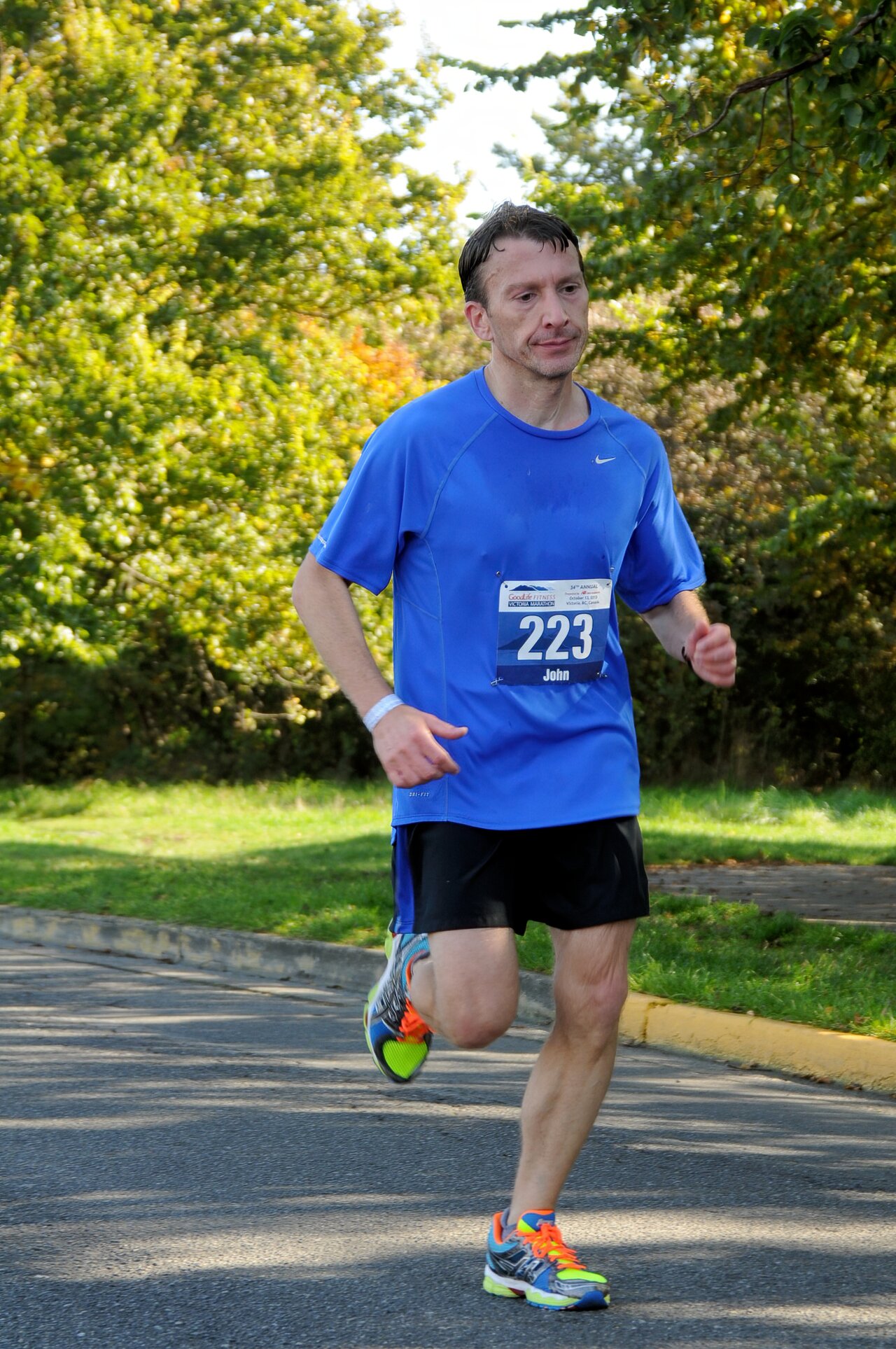
John Blakeslee: Una pasión por los telescopios
Sean grandes o pequeños, el Jefe del Personal Científico de Soporte al Observatorio de NOIRLab no se cansa de los instrumentos que nos ayudan a revelar los misterios del cosmos
Perfil
Nombre:
-
John Blakeslee
Relación con NOIRLab:
-
Astrónomo y Jefe del Personal Científico de Soporte al Observatorio
Ciudad Natal:
-
Plymouth Meeting, Pennsylvania
Ubicación Actual:
-
Tucson, Arizona
Cita favorita:
-
“Cuandoquiera y dondequiera que los seres humanos padezcan sufrimiento y humillación, siempre debemos tomar partido. El silencio alienta al opresor, nunca a la víctima. A veces debemos intervenir. Cuando hay vidas humanas en peligro, cuando la dignidad humana esté en riesgo, las fronteras y sensibilidades nacionales se vuelven irrelevantes. Dondequiera que hombres o mujeres sean perseguidos por su raza, su religión o sus opiniones políticas, ese lugar, en ese momento, debe convertirse en el centro del Universo” – Elie Wiesel, Discurso de Aceptación del Premio Nobel de 1986.
20 Oct. 2021
John Blakeslee desde pequeño siempre estuvo rodeado de telescopios
Por eso no es de extrañar que ahora trabaje como Jefe del Personal Científico de Soporte al Observatorio de NOIRLab, que engloba los esfuerzos de investigación de algunos de los complejos de observatorios más grandes del mundo: Gemini, Kitt Peak y Cerro Tololo.
¿Sabías que NOIRLab opera el Observatorio Cerro Tololo, el Observatorio Gemini, el Observatorio Nacional Kitt Peak y el Observatorio Vera C. Rubin?
“Cuando era niño tenía un telescopio, siempre me interesó la astronomía”, recuerda. Inspirado por un libro escrito por el legendario divulgador británico de la astronomía, Sir Patrick Moore, el joven Blakeslee se dispuso a aprender más sobre los objetos que mostraban las imágenes y planos en bruto de ese libro. A partir de esos inocentes inicios, su viaje lo llevó a la Universidad de Chicago, y a su primer encuentro con la vida de un astrónomo profesional, bajo la tutela de Donald York.
“Él fue el director que fundó el Mapa Digital del Cielo Sloan (SDSS)” cuenta Blakeslee. El SDSS, ubicado en Apache Point en Nuevo México, es un mapeo de todo el cielo que ha explorado millones de galaxias y ha descubierto incontables objetos transitorios nuevos. Aunque en 1989, el SDSS seguía en las etapas de planificación.
“En ese momento se construía el Telescopio del Consorcio de Investigación Astrofísica (ARC), que fue el primer telescopio en Apache Point”, comenta Blakeslee. York lo contrató en 1989 como estudiante universitario para trabajar en el famoso Observatorio Yerkes de Chicago, donde estaban construyendo gran parte de la instrumentación del ARC de 3,5 metros. El trabajo de Blakeslee, como un estudiante “sin experiencia”, era probar los controles del telescopio que eran el prototipo para el ARC. Un año después, Blakeslee fue contratado nuevamente, pero esta vez pasó el verano en Nuevo México.
Si puedes construir algo nuevo y útil que proporcione nuevas capacidades, entonces siempre tendrás un trabajo que hacer; siempre te necesitarán si eres realmente bueno en eso
El ARC fue un gran paso desde ese pequeño telescopio amateur que tuvo cuando era niño, pero el telescopio ARC no tuvo su primera luz hasta 1994. Para ese entonces, Blakeslee se había graduado en Chicago y se mudó al Instituto Tecnológico de Massachusetts (MIT) para impulsar su floreciente carrera como astrofísico trabajando con su supervisor de doctorado John Tonry. El trabajo de Blakeslee consistía en procesar datos antiguos para Tonry, pero ese proceso se convirtió en escribir un artículo y luego hacer observaciones con el Telescopio de 1,3 metros McGraw-Hill en el Observatorio de Michigan, Dartmouth y MIT (MDM) en Arizona.
“Tuve que hacer muchas observaciones durante un período de cinco años y aprendí mucho sobre observatorios y operaciones de telescopios”, cuenta Blakeslee. “Disfruté hacer observaciones, y en ese momento todo dependía de nosotros —te entrenaban y luego estabas a cargo, entonces tenías el telescopio por una semana”.
Tonry se fue a la Universidad de Hawai‘i cerca del tiempo en que Blakeslee estaba terminando su doctorado en 1997, y se fue a construir la cámara para el primero de los telescopios de sondeo Pan-STARRS, así como la sondeo de todo el cielo “ATLAS” para cazar asteroides potencialmente peligrosos. Tanto la experiencia de York como la de Tonry en la construcción de telescopios e instrumentación astronómica dejaron una gran huella en Blakeslee.
“Aconsejaría a cualquiera que esté iniciándose en la investigación astronómica que un campo muy bueno es la instrumentación astronómica, porque si puedes construir algo nuevo y útil que proporcione nuevas capacidades, entonces siempre tendrás un trabajo que hacer; siempre te necesitarán si eres realmente bueno en eso”, dice Blakeslee.
Después de un postdoctorado de tres años en el Instituto de Tecnología de California (Caltech), Blakeslee disfrutó una breve estadía en la Universidad de Durham en Reino Unido antes de mudarse a la Universidad Johns Hopkins para convertirse en un científico de investigación trabajando en el proyecto de la Cámara Avanzada para Sondeos (ACS) del Hubble y luego en la Universidad Estatal de Washington. En el 2007 se unió al Instituto de Astrofísica Herzberg en Victoria, Canadá, como Coordinador Senior de Investigación, pero no fue sólo la astronomía lo que lo mantuvo activo.
Blakeslee sigue trabajando en sondeos de gran escala, mapeando y estudiando galaxias y recientemente escribió un artículo que describe el plan científico estratégico para el Observatorio Gemini
“El único pasatiempo que tengo es correr. Comencé a correr carreras en 2009 cuando me mudé a Victoria; todos los años organizan una gran carrera de 10 km y me uní al equipo que tenía el observatorio. Participé en esa carrera por 7 años consecutivos”.
Blakeslee tiene que pasar largos meses lejos de su familia en Louisiana, una tribulación que enfrentan varios astrónomos que trabajan en observatorios ubicados en lugares remotos. “Estuvimos alejados por mucho tiempo”, comenta. A esto se sumó la pandemia mundial que dejó a muchas partes del mundo, incluyendo a Chile, en un estricto encierro, que creó sus propios desafíos. “Fue bastante interesante viajar con mi familia durante la estricta cuarentena en Chile, cuando ni siquiera se debía viajar al país en ese momento”.
Ahora que trabaja para NOIRLab, Blakeslee sigue trabajando en sondeos de gran escala, mapeando y estudiando galaxias y recientemente escribió un artículo que describe el plan científico estratégico para el Observatorio Gemini. Si bien el tamaño de los telescopios que utiliza ha cambiado desde que era un niño, nunca ha dejado de sentir la alegría de utilizarlos para revelar los misterios del Universo.
Enlaces




